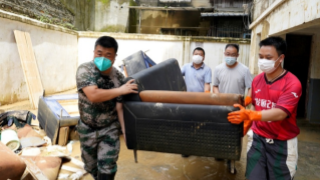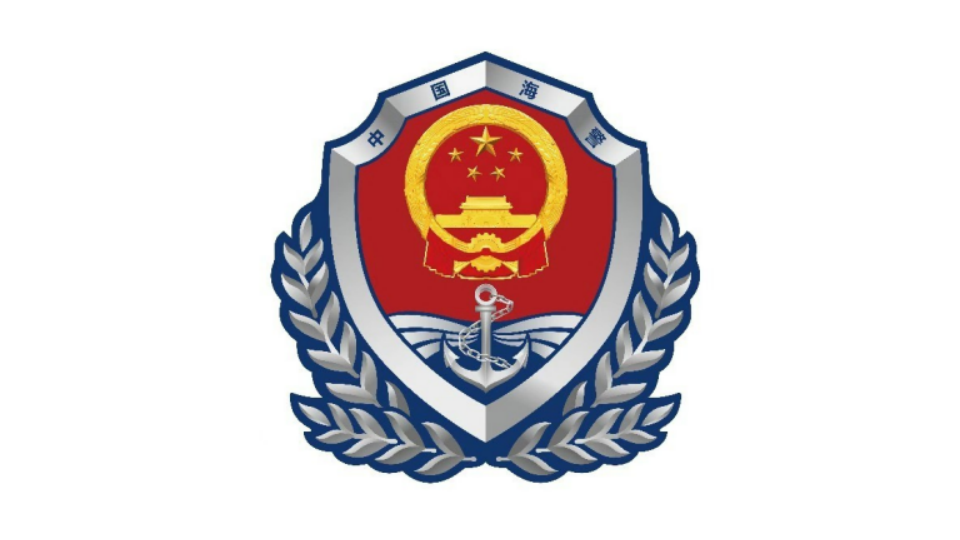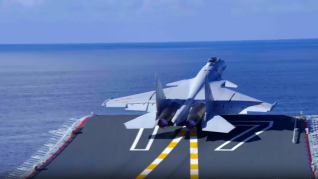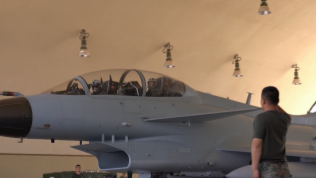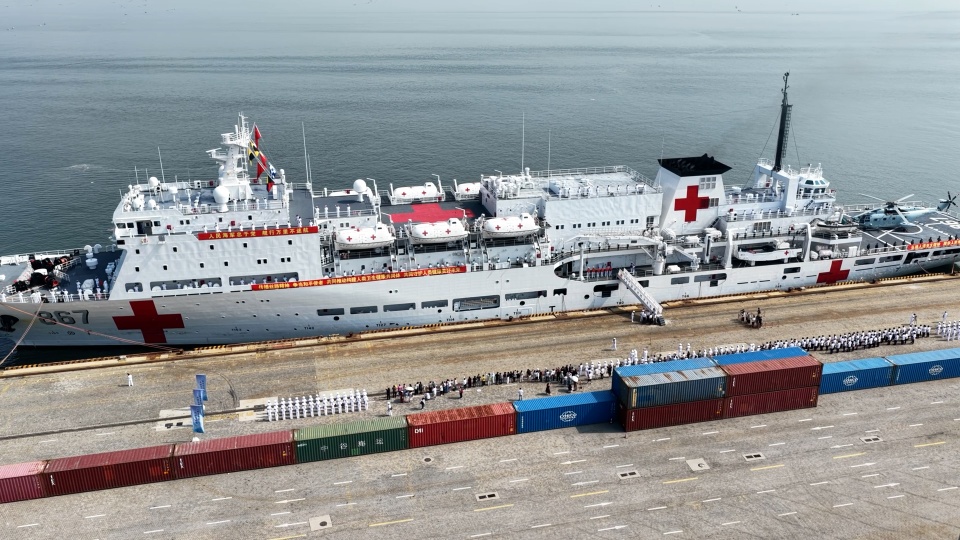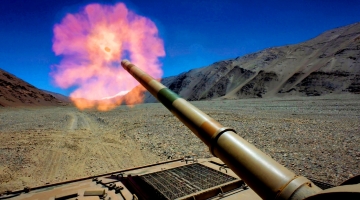By Wang Changfan
According to US media reports, a spokesperson of the US Department of Defense recently announced that the Houthi militants dispatched eight drones and launched eight anti-ship missiles to attack two US Navy Arleigh Burke-class destroyers passing through the Bab el-Mandeb Strait. Analysts pointed out that the confrontation between the US military and the Houthi group in the Red Sea region has lasted for nearly a year with no sign of ending.
According to a report released by the US Central Command, the US military successfully thwarted more than 100 Houthi attacks or threats as of March this year. By June, US forces were conducting intercept operations almost every day. As of October, the US military continued to respond to the Houthis' complex attacks. Analysts from the Hudson Institute described the US Navy's operations in the Red Sea as the most sustained combat operations since World War II.
Although the US claims that the establishment of a multinational coalition fleet to protect the Red Sea's critical international trade routes, external observers believe that this move aims at serving US interests. The US military sees the Red Sea region as a "testing ground" for new concepts, systems, and tactics, and has gained substantial experience.
First, the US has strengthened the combat readiness of ships. In September this year, Daryl Caudle, commander of the US Navy Fleet Forces Command, said in a speech that the US Navy destroyers Carney and Mason completed all combat readiness tasks within 14 days after receiving order and quickly rushed to the Red Sea region. This is the initial practice of the plan proposed by Chief of Naval Operations Adm. Lisa Franchetti to "achieve and sustain an 80 percent combat surge-ready posture of naval forces by 2027."
Second, the US has taken the chance to test its joint command systems. In March this year, the US Central Command announced the use of the Joint All-Domain Command and Control (JADC2) system in the Red Sea region. The system integrates the combat resources of the army, navy, and air force to achieve cross-domain information and intelligence sharing to ensure that the right weapons are used to strike targets at the right time. During the Red Sea operation, the US Navy fleet relied on this system to work with the Air Operations Center and regional air hubs to detect incoming weapons from a longer distance and increase the decision-making preparation time. With the improvement and upgrade of the JADC2, the US Navy will further improve decision-making efficiency and maintain its maritime advantage.
Third, the US has improved training outcomes. The US Navy has effectively improved the training effectiveness of surface ships by promoting the use of a real-time two-way information feedback mechanism. In August, while being deployed in the Red Sea, the USS Mason transmitted approximately 5TB of operational data to the Naval Surface and Mine Warfighting Development Center (SMWDC) in California. This allowed the destroyer's crew to share high-threat environment experiences with instructors and trainees and receive combat performance assessments from the center. The feedback loop, which previously took up to 55 days, has been optimized to just 72 hours.
Although the US military claims that the Red Sea escort operation has enhanced the fleet's combat capabilities in many aspects, the operation has been controversial since its inception.
Firstly, the motives are questionable. Critics argue that though the US ostensibly aims to safeguard maritime routes, its more direct objectives are to counter the Houthis and other adversaries while showcasing unwavering support for Israel. This operation conceals the US's role in deliberately exacerbating Middle East conflicts, which further destabilizes the situation in the region.
Secondly, the effectiveness of the operation is questionable. In the past year, the US and its allies failed to effectively guarantee the safety of Israeli-related ships in the Red Sea. According to a report released by the International Ship Organization, since January this year, the number of ships passing through the Suez Canal has decreased by 49 percent year-on-year, while the number of ships passing through the Bab el-Mandeb Strait has decreased by about 65 percent.
Thirdly, the overall cost-effectiveness is questionable. The Standard Missile-2 used by the US in the Red Sea region costs about $2.4 million per unit. Even the relatively cheap SeaRAM close-in defense missile costs as much as $950,000 per unit. In stark contrast, 60 percent of the weapons used by the Houthis are drones that cost only between $200 and $1,000.





